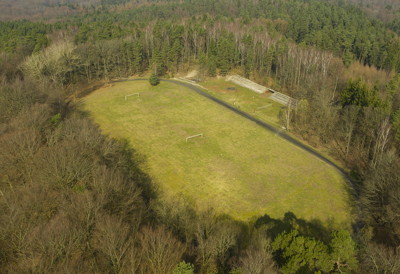 One thing that some people often forget about football is that it is a spectator sport. Yes, plenty of people around the world play it on a daily basis without the need to be watched by anyone, but it would never have become the global sensation that it is if it hadn’t attracted an audience and been watched by people fascinated with the ins and outs of the game.
One thing that some people often forget about football is that it is a spectator sport. Yes, plenty of people around the world play it on a daily basis without the need to be watched by anyone, but it would never have become the global sensation that it is if it hadn’t attracted an audience and been watched by people fascinated with the ins and outs of the game.
Managers are perfectly entitled to play negative, boring and defensive football if they think that it will get them a result, but that doesn’t mean that the people watching are going to enjoy it or keep going back for more. It is entertainment, gripping people and causing palpitations in equal measure.
That’s why most of the world’s most famous stadiums have countless ways to reach them, from local train stations through to decent bus routes and large car parks. With tens of thousands of people heading along to watch the biggest teams on the planet on a weekly basis, it’s important to ensure that they can watch the event they’re going to see without much of a problem.
Yet what of the teams that aren’t all that popular or that are but aren’t located somewhere that’s all that easy to get to? They can’t just not play football, neither can they tell all of their supporters to jump on Skype and watch from home. They have stadiums, just like Barcelona, Bayern Munich and Liverpool do. Except they’re not quite the same, being located in places that aren’t quite so easy to get to. Here’s a look at some of them.
What Makes A Stadium Remote?
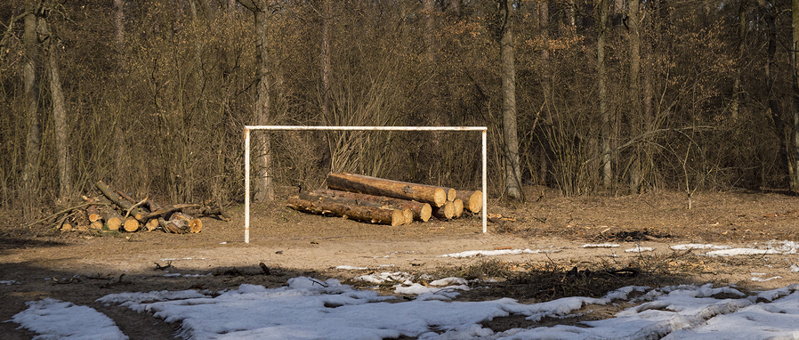
The key question here, of course, is what exactly makes a stadium ‘remote’? After all, there are some venues where you can play football that are tricky to get to.
We’re not talking about grounds that are a bit of a drive away, however. We’re talking about places that are far from the beaten track, where you have to make a special effort to attend and may find yourself having to ask locals for the stadium that you’re looking for.
We’re also having a look at some places that are a little bit more unusual than you’d expect for a football ground. Ones that are not only tricky to get to but that offer an entirely different experience than that you’d get from a more ‘normal’ stadium trip.
It’s difficult to explain the sort of place that we’re talking about without giving the entire game away, so instead of waffling on with an intro we’ll tell you about some of the places we’re talking about…
Rasmee Dhandu Stadium – Malé
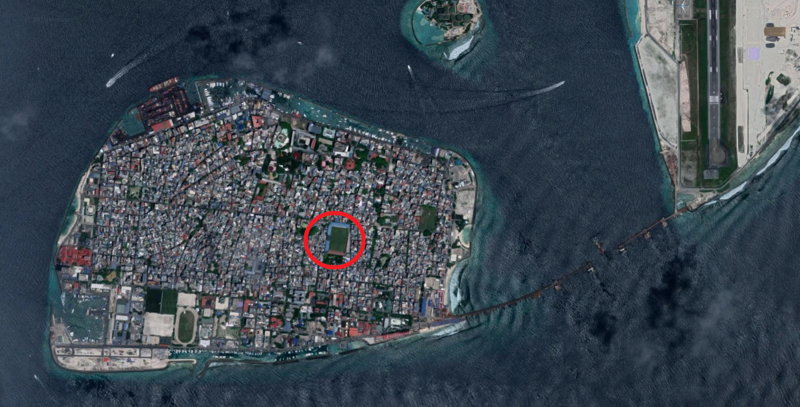
We’ll start by looking at the ground that might well deserve the title of the most remote football stadium in the world in the traditional sense of the word. It’s located on the island of Malé in the Maldives.
It’s the most populated city in the Republic of Maldives, but that doesn’t really tell you much. The population is just over one-hundred and thirty thousand, so you might wonder why there’s a football ground there at all.
The answer is that it’s the national stadium of the Maldives, also welcoming teams from the All Dhivehi League Teams. It can host just shy of twelve-thousand spectators and, though it is located smack bang in the middle of Malé, it’s four-hundred and eighty miles from the edge of Sri Lanka to the North-West.
The Float @ Marina Bay – Singapore
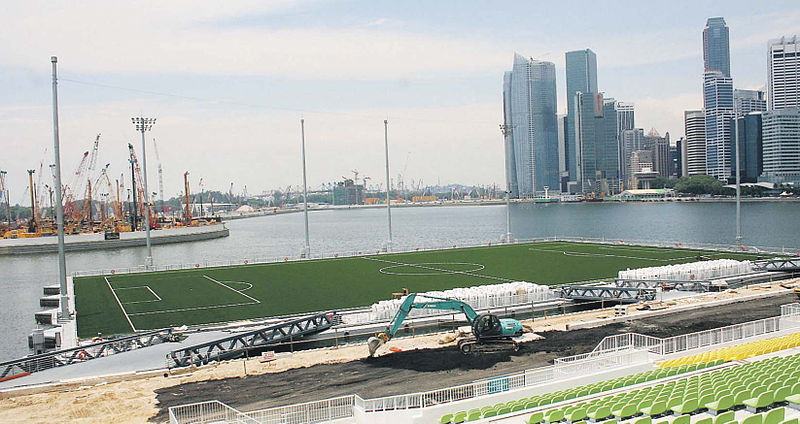
This is the stadium that will hopefully make our introduction a bit clearer. Very few people would refer to Singapore as being ‘remote’, given its location at the bottom of Malaysia and population of around five million people.
The stadium, however, sits in the middle of the Marina Reservoir in Marina Bay on the outskirts of the city. To be clear, the football pitch actually floats on water and is linked to the mainland by jetties.
It isn’t even slightly like a typical ‘stadium’, with the seats located on dry land a far distance from the pitch. It can welcome thirty-thousand people, though it isn’t likely to be most intimidating atmospheres in the world.
The Float is also used for concerts, cultural performances and, in the past, Singapore’s National Day Parade. Maybe not remote, but certainly spectacular.
Henningsvær Stadion – Henningsvær
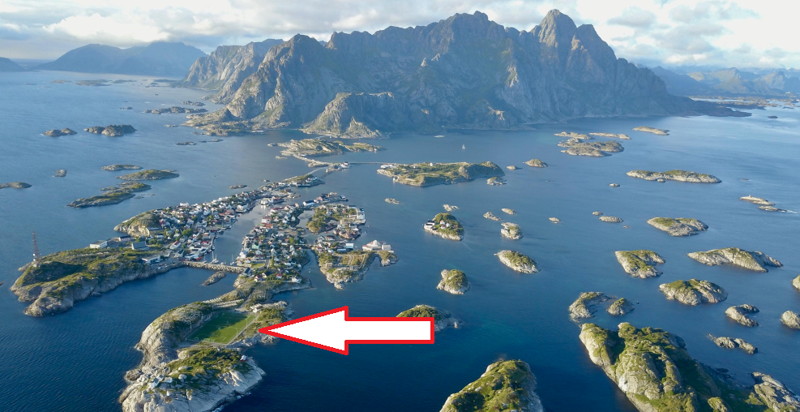
Not technically a stadium as it’s only used for amateur football, Henningsvær Stadion deserves at least a mention if we’re talking about remote places to play football.
Henningsvær is a village that’s actually spread across a number of islands, with Heimøya and Hellandsøya taking up the most of the village’s area.
It’s a fishing village with a population of less than five hundred, but there’s still a football pitch there.
It’s surrounded by cliffs and rocky ground, so if you ever end up playing there then don’t kick the ball too hard out of play.
The Floating Pitch – Koh Panyee
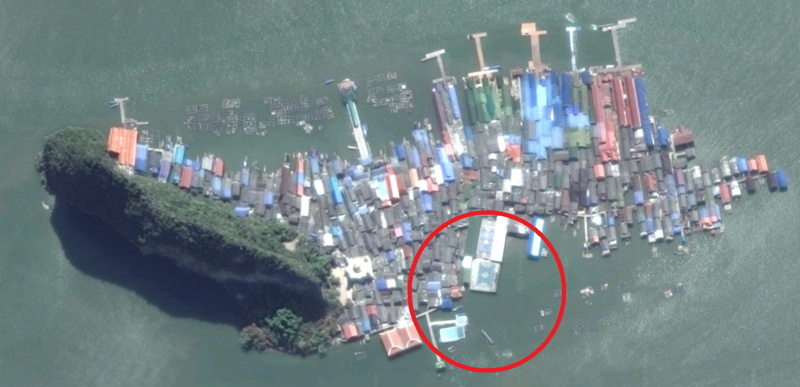
Last but not least comes this pitch that also shouldn’t technically be on the list but absolutely deserves a mention.
Unlike The Float @ Marina Bay, which is actually linked to a large stand for spectators, The Floating Pitch is the home of the football club from the village, Panyee FC, and has become something of a major tourist attraction.
It is quite literally floating on stilts and other material, built in the water because there was nowhere on land that it could be located. The players have learnt to become immensely skilful because if balls are kicked off the float then they can easily be lost.
Not a stadium as such, but very much deserving of a place on this list.
